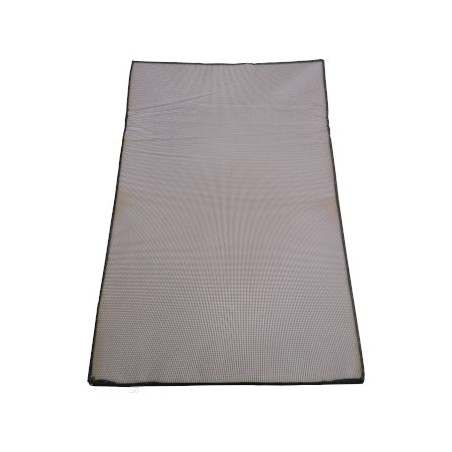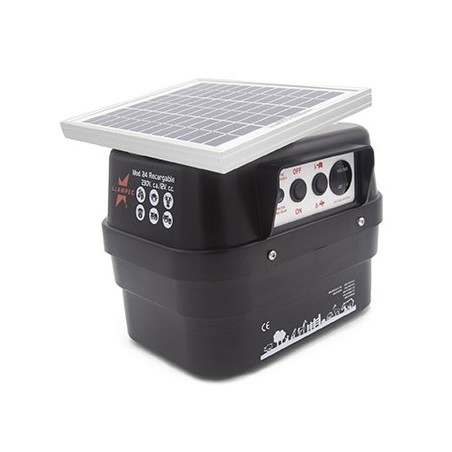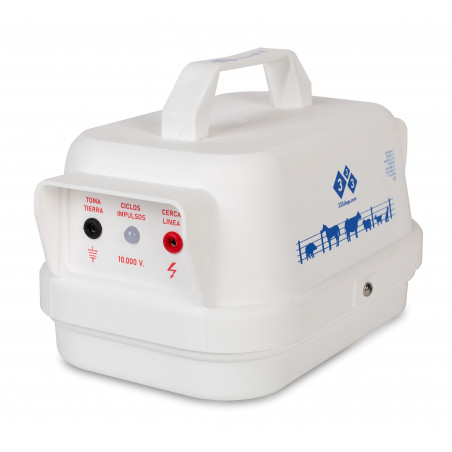The main reasons for the unprecedented and constant spread of ASF in Europe are the trade activities, the continuous movement of infected-wild boar populations among regions and the lack of vaccine to prevent ASF infection.
In this study, we demonstrate that oral immunization of wild boar with a non-hemadsorbing, attenuated ASF virus conferred 92% protection against challenge with a virulent ASF virus isolate.

Twelve wild boar piglets were hosted at the BSL-3 biocontainment facilities of the VISAVET Centre at the University Complutense of Madrid to conduct the vaccination trial. Initially, nine wild boar were orally vaccinated with the attenuated, non-hemadsorbing p72 genotype II ASFV Lv17/WB/Rie1. This strain had previously been tested in domestic pigs. Subsequently, the remaining three wild boar were exposed to the orally vaccinated piglets through contact (hereafter called VContact) from 0, 7, and 15 days after vaccination to test the vaccine transmission at different times.
The vaccination period lasted 30 days to allow development of an immune response. Then a shedder-pig challenge-exposure infection model was used to assess protective immunity: vaccinated animals were exposed to four naïve wild boar (shedder animals). These naïve animals were intramuscularly inoculated with 10 HAD50 of ASFV Arm07 on the same day as intramuscularly challenged controls. Also at 30 days after vaccination, two naïve wild boar were used as late in-contact animals: the naïve animals were exposed to all other animals, and the transmission of the vaccine or the challenge virus was measured.
All 12 vaccinated animals, four wild boar intramuscularly challenged with Arm07, and two naïve late in-contact wild boar were maintained for 24 days after challenge, corresponding to 54 days after vaccination.
During the 30-day vaccination period, six of nine orally vaccinated animals were positive for anti-ASFV antibodies based on ELISA and IPT tests starting from 15 ± 3 days after vaccination. All three VContact wild boar showed positive antibody response starting at 14 ± 2 days after contact, and titers remained high throughout the experiment. These results indicate that orally administered Lv17/WB/Rie1 strain can induce an antibody response in wild boar.
No ASF-compatible clinical signs were detected in animals immunized with Lv17/WB/Rie1. The only clinical reaction detected was a slight increase in body temperature to 40.1–40.8°C in seven of nine vaccinated animals and in one of three VContact animals, which lasted an average of 3.5 days between 4 and 24 days after vaccination. Viremia peaked on different days in the animals. In six of nine orally vaccinated animals and two of three VContact wild boar, real-time PCR sporadically showed weakly positive results (Ct = 33.02 ± 4.07) during the 30-day vaccination period. Viremia peaks showed a weak correlation with the slight increase in body temperature.
Our results showed that the Lv17/WB/Rie1 strain protected 92% of orally vaccinated and VContact animals against challenge with the virulent Arm07 isolate. This protection translated not only to animal survival but also to the absence of ASF-compatible clinical signs, pathological findings, and virus detection in target tissues. The vaccine candidate would be the first oral vaccine against ASFV genotype II tested in wild boar. The potential use of this vaccine in field would aim at reducing the number of susceptible animals, increasing herd immunity in wild boar populations, and so, decreasing ASF incidence.
Further studies should assess the safety of repeated administration and overdose, characterize long-term shedding and verify the genetic stability of the vaccine virus to confirm if Lv17/WB/Rie1 could be used for free-ranging wild boar in ASF control programs.
Jose A. Barasona, Carmina Gallardo, Estefanía Cadenas-Fernández, Cristina Jurado, Belén Rivera, Antonio Rodríguez-Bertos, Marisa Arias and Jose M. Sánchez-Vizcaíno. First Oral Vaccination of Eurasian Wild Boar Against African Swine Fever Virus Genotype II. Front. Vet. Sci., 26 April 2019 | https://doi.org/10.3389/fvets.2019.00137







